Hydrangea Paniculata: The Showstopper Shrub That's Easy To Grow
Hydrangea Paniculata: The Showstopper Shrub That's Easy to Grow
Hydrangea paniculata is a beautiful and versatile shrub that is easy to grow. It is known for its large, cone-shaped flowers that can be white, pink, or blue. Hydrangea paniculata is a great choice for gardens of all sizes, and it can be used as a border plant, a specimen plant, or even a small tree.
In this blog post, we will discuss the following:
- The different types of hydrangea paniculata
- The best conditions for growing hydrangea paniculata
- How to plant and care for hydrangea paniculata
- How to deadhead hydrangea paniculata
- How to propagate hydrangea paniculata
Types of Hydrangea Paniculata
There are many different types of hydrangea paniculata, each with its own unique characteristics. Some of the most popular varieties include:
- Limelight: This variety produces large, white flowers that turn pink in the fall. It is a hardy plant that can tolerate a wide range of conditions.
- Pinky Winky: This variety produces large, pink flowers that fade to white in the fall. It is a bit more delicate than Limelight, but it is still a relatively easy plant to grow.
- Grandiflora: This variety produces large, white flowers that are very fragrant. It is a bit more difficult to grow than Limelight or Pinky Winky, but it is a very rewarding plant.
- Tardiva: This variety produces large, blue flowers that bloom later in the summer. It is a hardy plant that can tolerate a wide range of conditions.
Best Conditions for Growing Hydrangea Paniculata
Hydrangea paniculata is a relatively easy plant to grow, but it does best in certain conditions. The ideal location for a hydrangea paniculata is a spot that receives full sun to partial shade. The soil should be rich and well-drained. Hydrangea paniculata is not tolerant of wet feet, so it is important to make sure that the soil drains well.
Planting and Caring for Hydrangea Paniculata
Hydrangea paniculata can be planted in the spring or fall. When planting, dig a hole that is twice as wide and as deep as the root ball. Amend the soil with compost or other organic matter. Place the plant in the hole and backfill with soil. Water the plant well.
Hydrangea paniculata is a relatively low-maintenance plant. It needs to be watered regularly, especially during the first year after planting. The plant should also be fertilized in the spring with a balanced fertilizer.
Deadheading Hydrangea Paniculata
Hydrangea paniculata should be deadheaded regularly to encourage new flower growth. Deadheading can be done by simply pinching off the spent flower clusters. You can also use a pair of scissors to cut the flower clusters off at the base of the plant.
Propagating Hydrangea Paniculata
Hydrangea paniculata can be propagated by taking cuttings in the spring or fall. To take a cutting, cut a 4-6 inch piece of stem from the plant. Remove the leaves from the bottom half of the cutting. Dip the cutting in rooting hormone and plant it in a pot of moist potting mix. Place the pot in a shady location and keep the soil moist. The cutting should root in about 4-6 weeks.
Conclusion
Hydrangea paniculata is a beautiful and easy-to-grow shrub that is a great addition to any garden. With proper care, hydrangea paniculata will thrive for many years to come.
Hydrangea paniculata, also known as panicled hydrangea, is a beautiful and versatile shrub that is perfect for adding a touch of elegance to any garden. These hydrangeas are known for their large, cone-shaped flowers that can bloom in a variety of colors, including white, pink, blue, and purple. They are also relatively easy to care for, making them a great choice for beginner gardeners.
If you are interested in learning more about hydrangea paniculata, I recommend visiting the website Garden Wiki. This website offers a wealth of information about the plant, including its history, growing requirements, and care tips. You can also find a variety of photos and videos of hydrangea paniculata, so you can get a better idea of what this plant looks like in bloom.
FAQ of hydrangea paniculata
1. What are the best conditions for Hydrangea paniculata?
Hydrangea paniculata thrives in rich, medium moisture, well-drained soils. They require a few hours of direct sunlight to flower best, but can tolerate partial shade. They are not fussy about the soil type as long as it is well-drained.
2. What are the different colors of Hydrangea paniculata?
The flowers of Hydrangea paniculata can be white, pink, blue, or purple. The color of the flowers depends on the acidity of the soil. In acidic soil, the flowers will be blue or purple. In alkaline soil, the flowers will be pink or white.
3. How do I care for Hydrangea paniculata?
Hydrangea paniculata is a relatively easy plant to care for. Water it regularly, especially during the hot summer months. Fertilize it once a year in the spring with a balanced fertilizer. Prune it in the late winter or early spring to remove dead or damaged branches.
4. How do I propagate Hydrangea paniculata?
Hydrangea paniculata can be propagated by cuttings or by division. To propagate by cuttings, take 4-6 inch cuttings from the new growth in the spring. Plant the cuttings in a well-drained potting mix and keep them moist. The cuttings should root in about 4-6 weeks. To propagate by division, dig up a mature plant in the fall or early spring and divide it into smaller sections. Plant the divisions in a well-drained location and water them regularly.
5. What are some common pests and diseases of Hydrangea paniculata?
The most common pests of Hydrangea paniculata are aphids, spider mites, and scale insects. These pests can be controlled with insecticidal soap or neem oil. The most common diseases of Hydrangea paniculata are leaf spot and powdery mildew. These diseases can be prevented by watering the plant regularly and avoiding overhead watering.
Image of hydrangea paniculata
5 different images of "hydrangea paniculata" from Pinterest:
This variety of hydrangea is known for its large, lime green blooms that bloom in summer. It is a relatively hardy plant that can tolerate full sun to partial shade.
This variety of hydrangea is known for its large, white blooms that bloom in summer. It is a very hardy plant that can tolerate full sun to partial shade.
This variety of hydrangea is known for its pink and white blooms that bloom in summer. It is a relatively hardy plant that can tolerate full sun to partial shade.
This variety of hydrangea is known for its late-blooming, blue blooms. It is a relatively hardy plant that can tolerate full sun to partial shade.
This variety of hydrangea is known for its small, lime green blooms that bloom in summer. It is a relatively compact plant that can be grown in containers or in the garden.
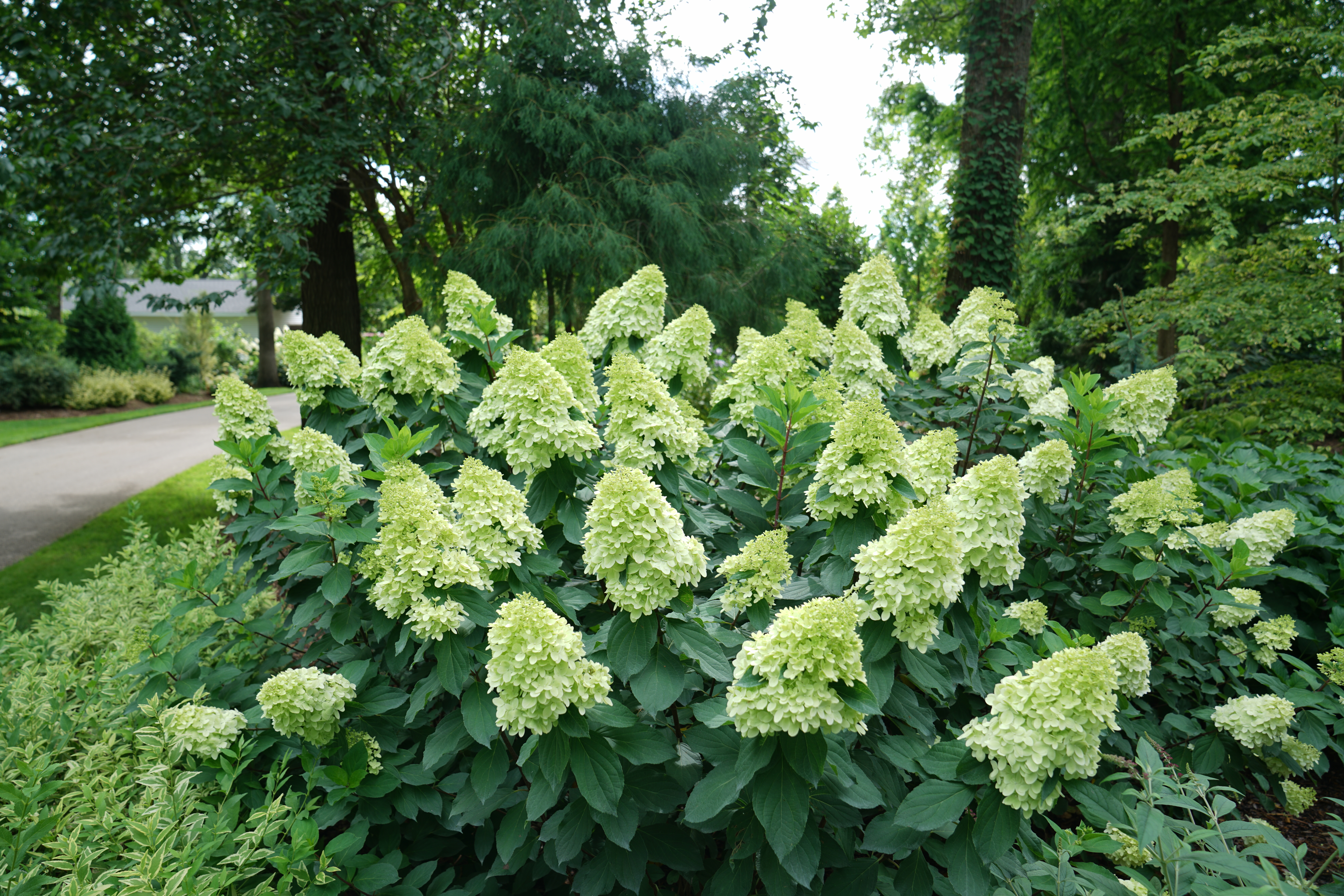
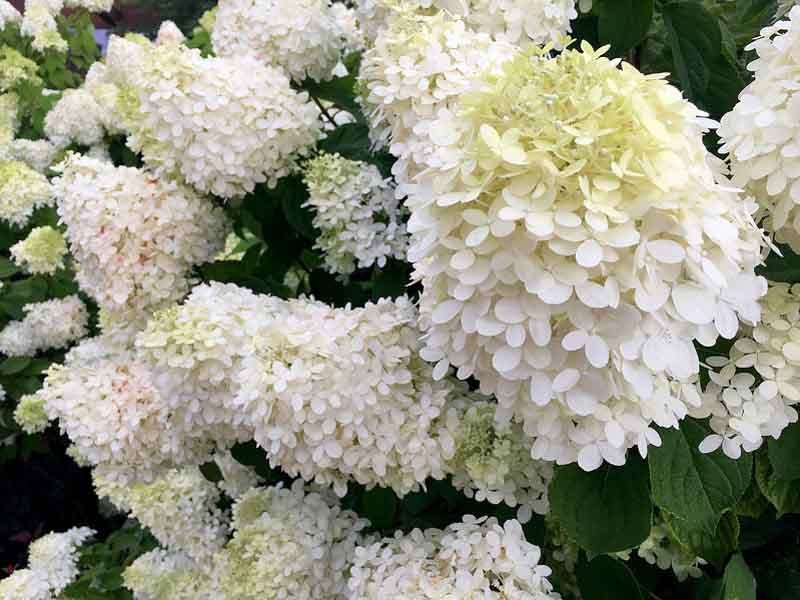
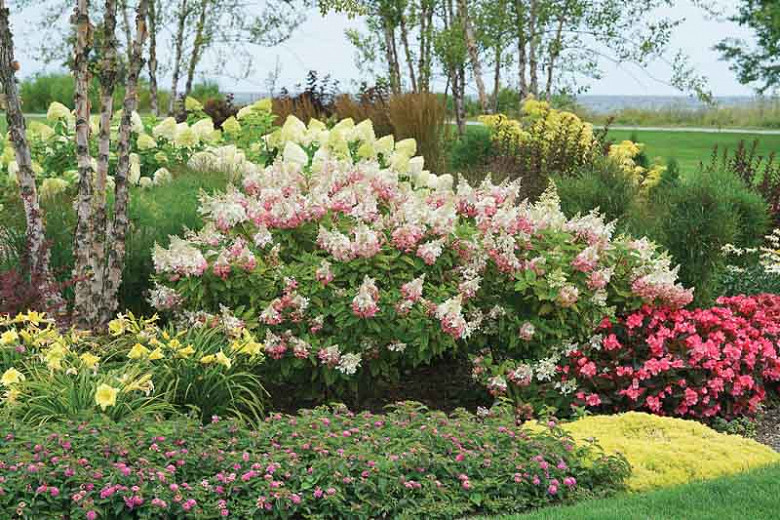
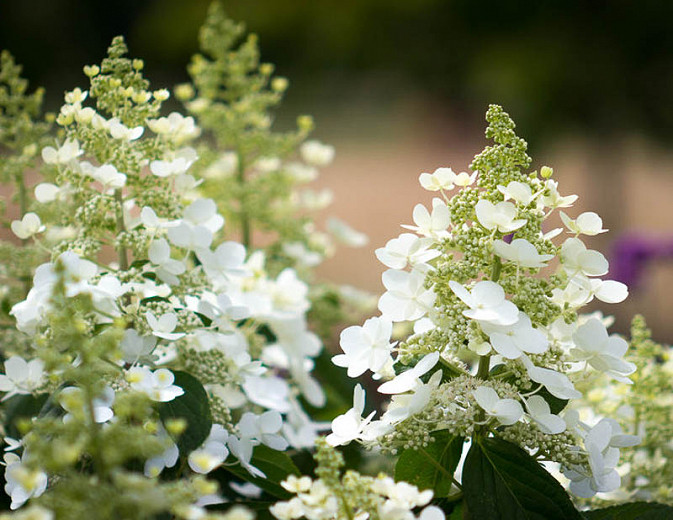
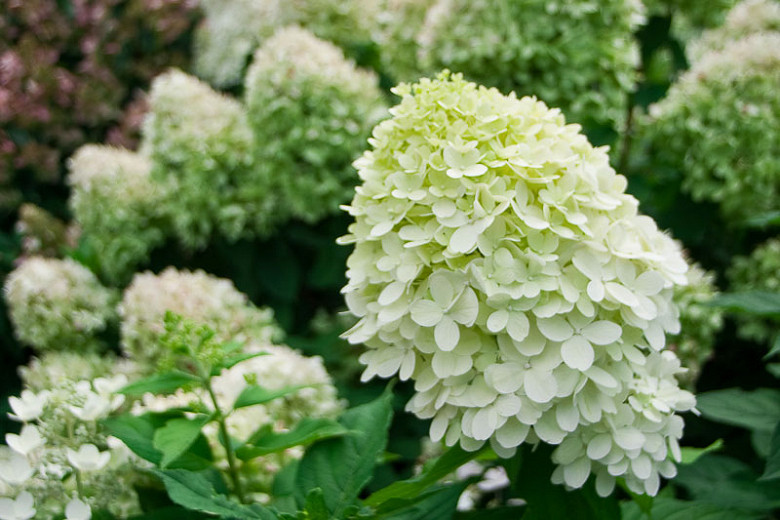
Post a Comment for "Hydrangea Paniculata: The Showstopper Shrub That's Easy To Grow"